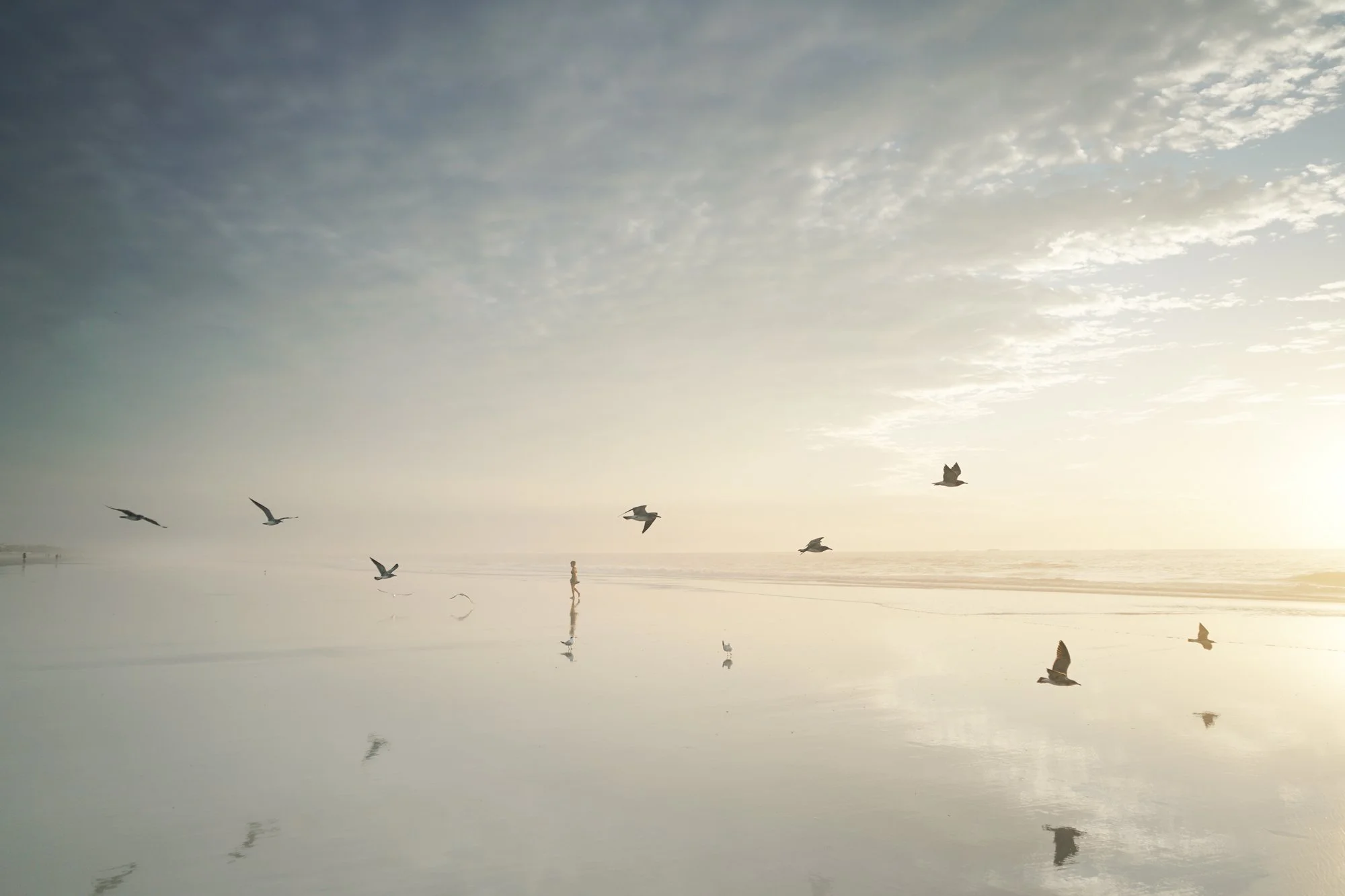The Art and Poetry of Nature
In The Slow Approach, we share individual perspectives on what it means to slow down, and how doing so can have a positive effect on our experiences as well as the images we capture.
Like many landscape photographers, I spend a lot of time outdoors, surrounded by the beauty of our natural world. These experiences can be deeply moving and intimate, and when the conditions are right, even poetic. We attempt to capture these moments using the camera’s lens but sometimes images alone cannot convey the entirety of what we are seeing and feeling as the shutter is clicked. Recently, I have turned to composing haiku as a way to add depth and meaning to the images I shoot.
Originating during the 15th century in Japan, haiku are one of the world’s oldest regularly written forms of poetry. Haiku consist of just seventeen syllables, traditionally written in three lines. Line one has 5 syllables, line two has 7 syllables, and line three has 5 syllables. For centuries, haiku have captured the Japanese aesthetic on nature, philosophy, existential thought, and emotions. Haiku are usually written in the present tense and use simple yet sensory language that creates a brief moment in time and sense of illumination for the reader.
The first time I thought about writing a haiku was during a foggy morning on a North Florida lake in 2019. When I arrived, the fog was thick and I could barely see anything. As it began to lift, the edges of the lake appeared and I noticed two cormorants drying their wings on a tiny islet. I shot quickly knowing that the birds could fly off at any moment. The scene was quite moody and reminded me of the Japanese watercolors I studied in college art history classes. After the shoot, I began to research Japanese culture and the tradition of haiku. These simple poems, spare and elegant in form, appealed to me immediately. I quickly embraced the haiku aesthetic and began to compose them in earnest for select photographs I had taken.
Here is the first haiku I wrote for the foggy scene at the lake.
An old silent lake,
birds drying wet wings at dawn
dew drops paint a dream.
Once the poem was finished, I realized that the haiku gave a more complete expression of the photograph and added to its meaning. For me, haiku are like tiny condensed crystal balls, expressing a moment in time as we observe nature in all its glory. When combined, both word and image work together to form a powerful narrative for the viewer.
The second haiku was written in response to a photograph I took on the beach. That morning had been quiet because of the cooler temperatures brought on by winter. My only companions were a flock of birds gathered on the sand. As a lone woman walked by, the startled seagulls began to fly and she looked back at me for just an instant as I clicked the shutter. The third line in the haiku speaks directly to that moment and is the most important line in the poem, expressing the feelings I had when the photograph was taken.
Sun burns through the sky
wings flow on currents of air
the moment is now.
Just as negative space in photography can create beautiful, minimalistic compositions, the simplistic nature of a haiku poem can say more with few words. The inspiration for the third poem came about after a morning shoot in St. Augustine Florida during foggy conditions. The fog was so thick that the horizon seemed to blend with the land creating wonderful effects with light and space. When I wrote the haiku for this image, using the word “merge” in the last line conveyed the feeling of infinite space I experienced as the scene unfolded before me.
Light in morning mist,
flowing with the winter winds
as earth and sky merge.
Light, shadows and contrast are essential elements in photography and the best haiku often have the same elements working together in harmony. Composing a good poem involves creating an image in the first line, then giving contrast and interpretation to that image in the second and third lines. When it all comes together, the haiku evokes an elegant simplicity and complexity at the same time. This last example uses the idea of contrast and was written after an encounter with a man and his dog on the beach. As the dog ran towards me, I was embraced with a feeling of vitality and energy. These thoughts stayed with me when I later reviewed the image and wrote the haiku.
As misty dawn breaks
life begins to stir and wake
while men go their way.
In conclusion, haiku offer photographers a unique opportunity to put into words their thoughts and feelings about an image. When seen together, they become a powerful narrative that engages the viewer on multiple levels.









